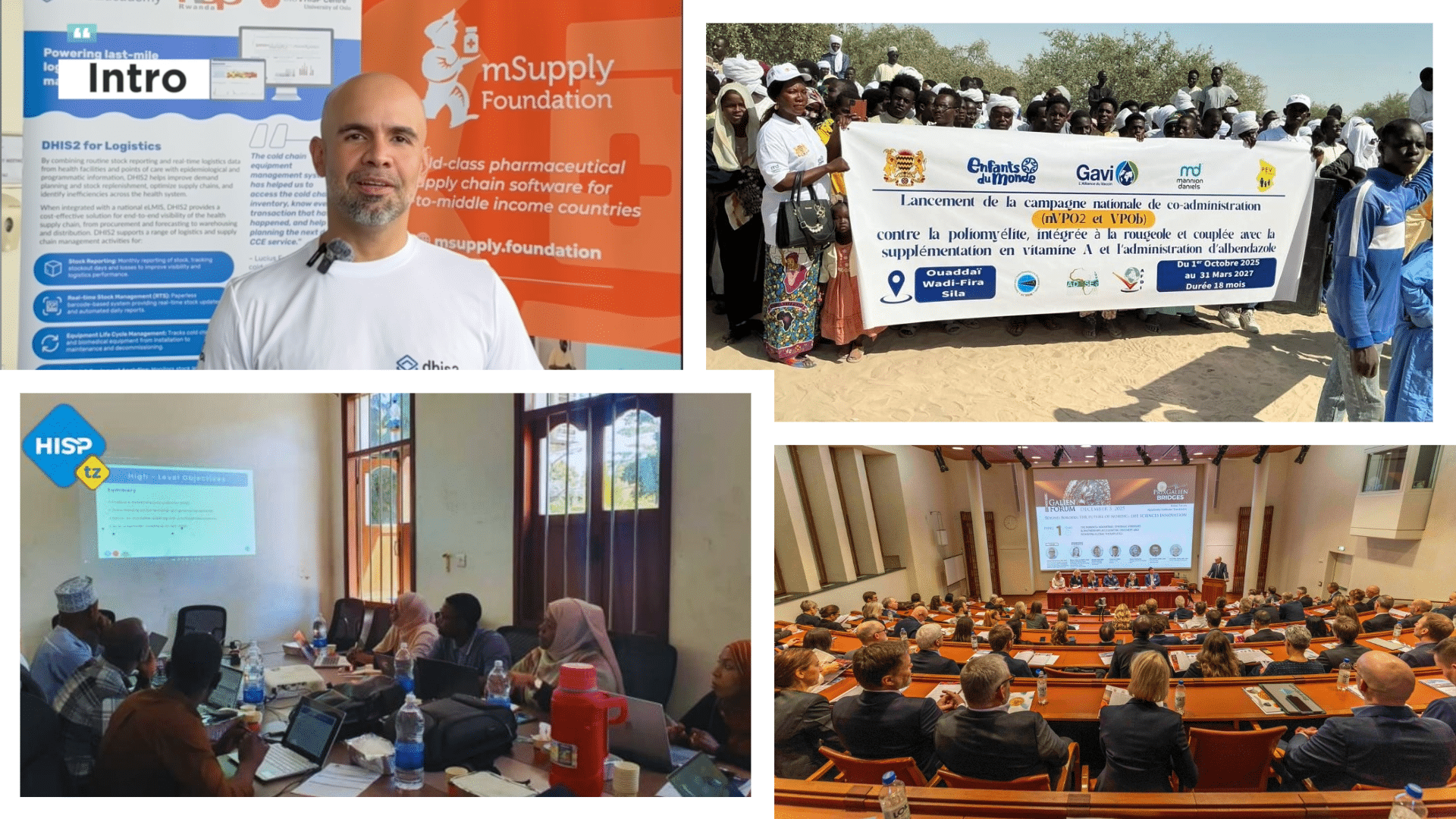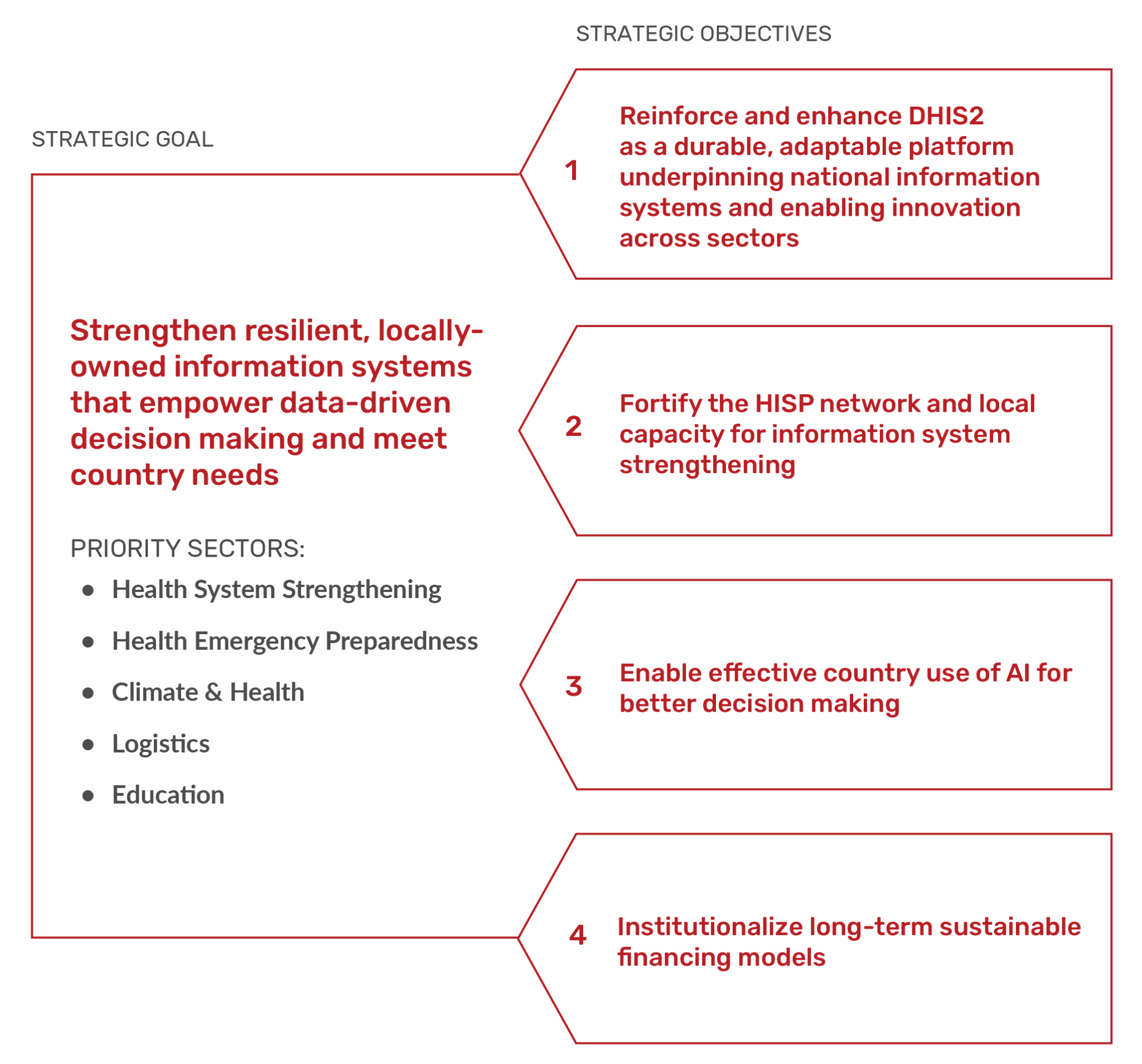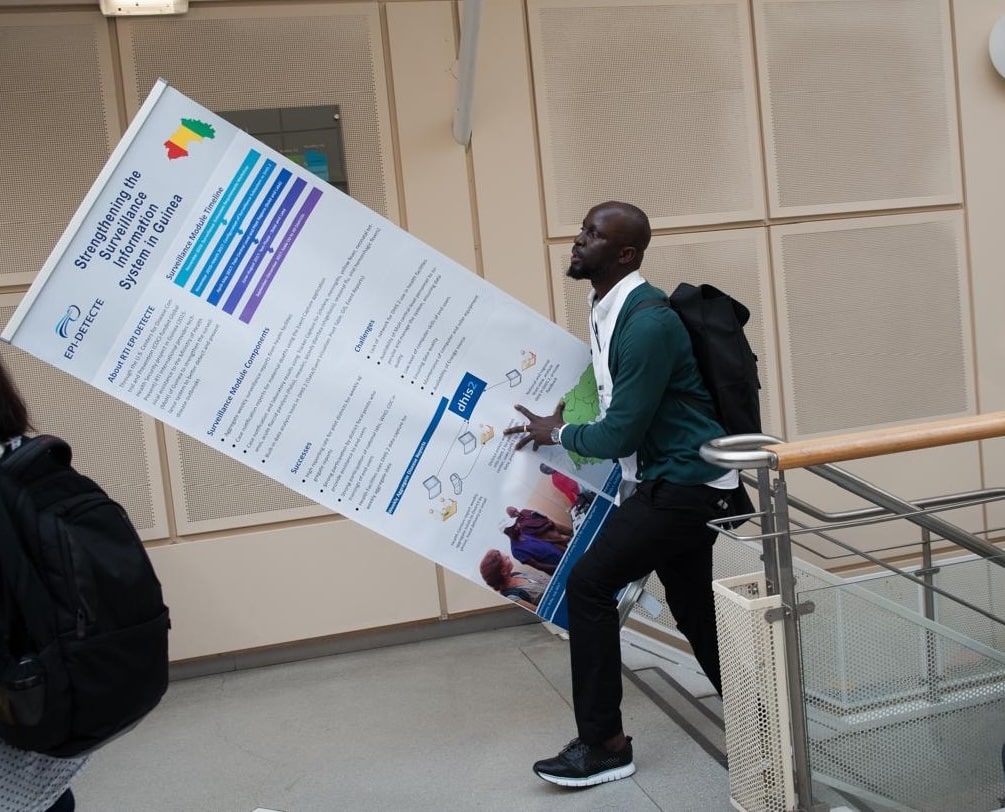
Sauditigus: Strengthening health systems in Portuguese-speaking Africa
In this interview, Dr. Zeferino Saugene shares experiences from his work with HISP in Mozambique, Guinea-Bissau, Angola, Cape Verde, and São Tomé and Príncipe, and reflects on innovation sharing in the global DHIS2 community
This interview is part of a series of articles on HISP history and impact, published as part of a yearlong celebration of the 30th anniversary of HISP.
What is the history of DHIS2 and HISP in Mozambique?
Zeferino Saugene: I joined the HISP community in 2003, when I started doing my Master’s degree. I went to Norway for one semester at the University of Oslo (UiO), then I came back to Mozambique and worked with Master’s colleagues including John Lewis (who later went on to lead HISP Vietnam). Together, we supported the pilot of DHIS version 1.4 in Mozambique, to show health authorities what was possible using the system. As part of the project, we developed the first Geographic Information System (GIS)/maps application in DHIS, which we used to support maternal health programs in the two pilot provinces.
My degree was part of an integrated Master’s program between UiO and Eduardo Mondlane University (UEM) in Maputo, Mozambique, where students would spend one semester in Oslo and three semesters in Mozambique doing their field work and writing their thesis. This program was supported financially by the Norwegian government, and later expanded to other countries in Africa and Asia, graduating more than 500 Masters’ students in total. After I finished my own Master’s degree in 2005, I continued to be engaged by teaching courses for the program at UEM.
Around that time in 2005, development of DHIS2 had started at UiO. We (A team of us from Mozambique) joined the first group of Master’s students from UiO who went to Cape Town to learn more about DHIS v1.4 data model. During that time, DHIS v1.4 was still being piloted in Mozambique by the Ministry of Health (MoH). In 2012-2013, DHIS2 started to be customized in Mozambique by another group supporting the MoH. The approach adopted by that group included not only customization but also development. This brought some challenges, since the group decided to download DHIS2 source code and fork the software, creating their own unique version.
Once the challenges with this group’s approach became clear, the MoH requested an external evaluation of the customized DHIS2 to ensure that it could meet their requirements for an HMIS. This evaluation was supported by the Global Fund, and was carried out by Professor Jørn Braa of UiO, Arthur Heywood, and myself. Our main recommendation was to have one online server, instead of district-based servers, that all the district users could access, so that they could all enter the data into the same system directly. Another recommendation was to have a DHIS2 implementation that is built on top of the DHIS2 platform being developed by UiO, instead of using a local forked version of the software. The MoH requested that we redesign this system. So we started the design and customization process, piloted the system, and ultimately DHIS2 was officially adopted by the MoH as a national system in 2015. From then on, we have supported MoH through our local group, Saudigitus, also known as HISP Mozambique. Saudigitus started officially in May 2014, and we just celebrated our 10 year anniversary this year.
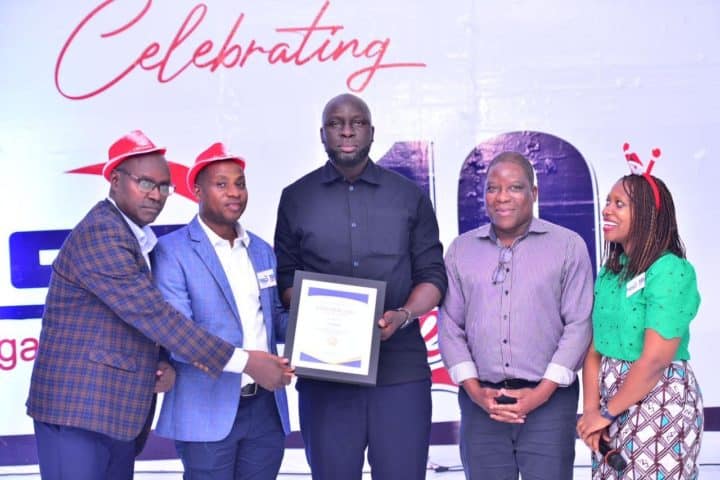
We continue to work with Mozambique’s MoH on developing innovative solutions and exploring the use of DHIS2 in new areas. For example, we are now exploring how to integrate climate and weather data into DHIS2 to support early warning systems for malaria and other diseases as part of the DHIS2 for Climate & Health project.
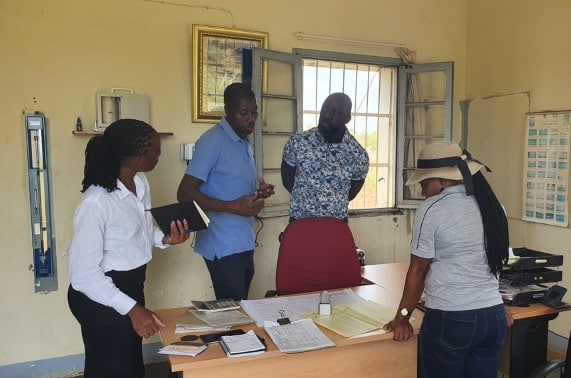
How did you get involved in supporting the other Portuguese-speaking (Lusophone) countries in Africa?
After a few years of working with DHIS in Mozambique and teaching courses at UEM, in 2008 I joined the HISP PhD program at UiO. For my PhD research, I was planning to use Mozambique as a context, looking specifically at geospatial technology. However, we ran into some delays with this, and the process was not flowing the way we wanted. I talked with my supervisor and we decided to expand the project to include other countries. I got connected to Tiwonge Manda and Marlen Chawani who were also doing their PhD with HISP based in Malawi. We started working together, and I started supporting the HISP Malawi team on the DHIS2 configuration and implementation.
Around the same time, Jørn Braa was invited to an ECOWAS meeting in Accra, where he met Dr Tome Cá from West Africa Health Organization (WAHO) and Dr Amabelia Rodrigues, the president of the National Institute of Public Health of Guinea-Bissau, who became interested in using DHIS2. Guinea-Bissau is a Portuguese-speaking country, and I was the only HISP PhD student who spoke that language, so I was asked to support them. I went there on two trips in 2011, for 2 and 3 months at a time, to work with them. The focus of the first trips was to move their Access database to DHIS2. We set DHIS2 up on a central server, and worked with their team to customize it. It went live, but then we noticed there were issues with power – the electricity was very weak, and it was only available from 8am to 4pm. Outside of that period the server was down. This situation continued from 2011 until around 2014, when we suggested that it would be better to try cloud hosting. Guinea-Bissau requested support from UiO for this, and eventually Saudigitus took over the responsibility for hosting DHIS2 for them, which we did until 2024 when we migrated their DHIS2 instance back to Guinea-Bissau’s cloud infrastructure.
From there, between 2011 to 2020, we gradually got involved in the other Lusophone countries. In Angola, we were invited to join a USAID-funded project called Força Saude, where they wanted to use DHIS2 for HIV data. That was in 2015. We went there and discussed the project with the MoH and other stakeholders, then worked with them to configure the system. That was our entry point in Angola, where they are still using DHIS2 today for their health programs, and even scaling it into other sectors like agriculture. Recently we have started a One Health project there that involves the Ministries of Health, Agriculture, and the Environment that they plan to use for disease surveillance purposes.
For Cape Verde, there was a WAHO project being implemented by UiO for a regional surveillance platform to get data from all 15 countries in the West Africa region. Based on that, there were several activities in West Africa, supporting different countries, providing regional training, and so on. As part of that work, we went to Cape Verde several times to support their use of the regional platform. Alongside the WAHO platform, the other countries in the region had all begun to adopt DHIS2 as their HMIS system, and eventually Cape Verde was the only one left not using DHIS2 for its national data. Finally, around 2019, they decided to also join the DHIS2 community, and we supported them in migrating from their previous system to DHIS2.
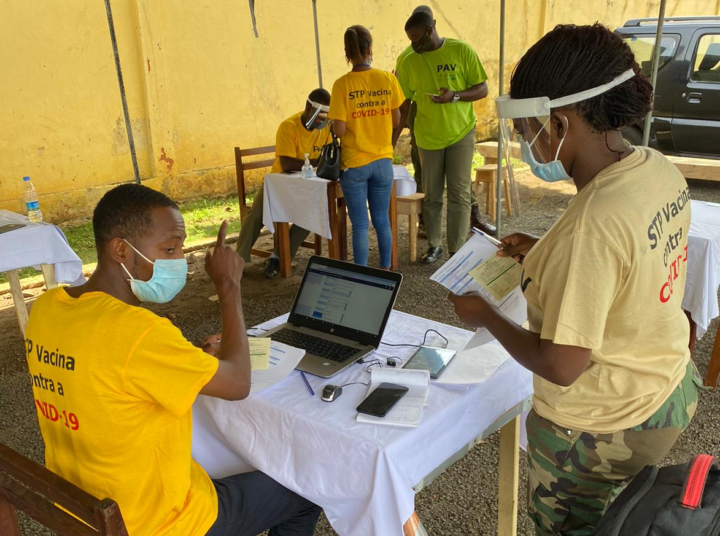
In 2018, we got a request from UNDP to support São Tomé and Príncipe, which had decided to adopt DHIS2 after seeing how other countries were using it successfully. We have been supporting them since then, including during COVID, where we supported the implementation of all of the innovations that were developed in other Lusophone countries.
We currently have projects in most of these five countries, and because we are also DHIS2 ambassadors for the Lusophone community, even if we don’t have an active project there, if the national DHIS2 country team calls us with an issue or request, we support them.
Can you think of one specific story that exemplifies your work?
We had a successful implementation in Guinea-Bissau of the COVID-19 package based on DHIS2. This can be considered a unique use case considering the country’s history. All of the COVID-19 surveillance and testing processes – registration, laboratory results, certificate printing and validation, even airport passenger screening and certification – were done using DHIS2. Previously the government was facing several challenges in their COVID-19 response. For instance, people were presenting COVID-19 travel certificates, but authorities had no way to assess if they were genuine or not. But when they started using DHIS2 the validity of the certificate could easily be confirmed. This was a real success story, because Guinea-Bissau has also had many challenges with their information systems and infrastructure over the years. With our support, they were able to get to a situation where they had a fully online process, where you could register online for a COVID-19 test, the tester takes your sample and updates your information digitally, the lab processes the sample and sends you an automated SMS message with your results, you can go to the online portal to check and download your certificate, then go to the airport where they can validate it in real time. Comparing where Guinea-Bissau started to where they are today, there were huge improvements from an information systems perspective.

How has your HISP group helped build local DHIS2 capacity?
For historical reasons, Saudigitus started with most of our team in Mozambique supporting the MoH through an Memorandum of Understanding (MoU) between the MoH and UiO. Under that arrangement, there are regular three-year cycles of planning high-level activities, but it was challenging to identify the day-to-day needs and micro-level activities required to keep their system functioning smoothly without closer interaction with the MoH team. To address this, we decided to have one of our staff based at that MoH, which has helped us to identify and address challenges quickly. Our staff works alongside the MoH core team on day-to-day activities while also building their capacity.
In Guinea-Bissau, we started off working primarily through consultancy, flying team members there from Mozambique to support projects as needed. In 2018, we had a project there to implement real-time monitoring, which would require intense follow-up from our side. We decided to create a local team that could help with this implementation. So we started a small unit there working together day-to-day with the MoH, and they are still there today, working essentially as part of the MoH team. We have supported them and the MoH to build their capacity so that they can be successful. In 2023, there was a request from the MoH to increase the size of their DHIS2 core team, so we have started training the new staff, primarily through remote training so far.
Currently we are also working with DHIS2 core teams from São Tomé and Príncipe, Cape Verde and Angola supporting their DHIS2 implementations. For instance we helped São Tomé and Príncipe and Guinea-Bissau to move the DHIS2 server to government owned infrastructure and we are building the capacity of the team to handle day-to-day issues.
Since 2016, we have also been running DHIS2 Academies targeting DHIS2 users and customizers. Almost all the government DHIS2 core teams from the five Lusophone countries have attended these academies, and these academies have also benefited DHIS core teams from NGOs and other organizations that use DHIS2 as their main data management platform.

How do you engage with the DHIS2 core team, the HISP network, and the larger DHIS2 community?
For our relationship with the DHIS2 core team, there is an MoU between Saudigitus and UiO that frames our collaboration and helps guide how we engage in country-level work together. We also now have an Developer team at Saudigitus that has been working with the core software team on developing DHIS2 applications, such as the new SEMIS app for the DHIS2 for Education project and LMIS app. This is an example of how we collaborate with other HISP groups too, since SEMIS is a generic application, designed for the entire community and used in several countries outside of the one we normally support, such as Eswatini, Uganda, Sri Lanka and the Gambia. We are also part of the HISP advisory group, where we strategize on what is the best direction for DHIS2. Recently, together with the other HISP groups, we also established the HISP Africa continental hub to strengthen collaboration in our region and help improve the DHIS2 community. All of this collaboration is based on developing open-source global public goods like DHIS2.
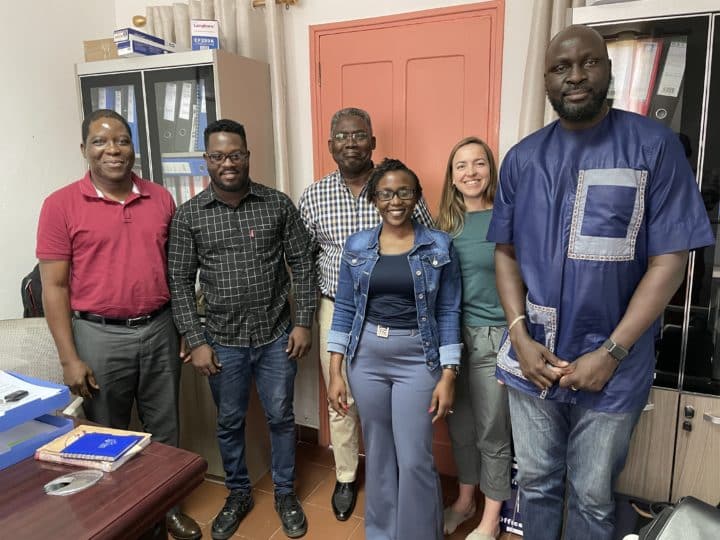
Sharing experience and learning from others in the DHIS2 community is a key part of this as well. The reason we decided to redesign the system in Mozambique, back when I worked on the assessment with Jørn and Arthur, was to be able to leverage what the rest of the community was developing, based on what the community was doing – instead of developing software features from scratch, you can benefit from others. For this reason, we recently started a Saudigitus newsletter to share our challenges, experiences, and innovations with the rest of the community, so that we can have a mechanism where users and DHIS2 adopters can see what others are doing and potentially benefit from the work that we have done.
During COVID-19 there was a lot of sharing of knowledge and experiences, such as when we were able to adapt the DHIS2 work from Sri Lanka, as well as direct collaboration with other HISP groups. Today, we continue to learn from our colleagues in the HISP network, and pay attention to what they are working on so that we know what we could potentially adopt. For example, Mozambique would like to link its DHIS2 based Cancer registry with CanReg, and this has already been implemented in Rwanda. This helps us avoid duplication and double work by leveraging the community.
How would you describe your HISP group’s success and impact?
The reason why we are still here is because of the support we are giving the countries. We are taking the philosophy of the HISP community and trying to bring it to different countries and partners. It’s difficult to look at your own success, and the work is not yet complete, but we are trying to do our best to provide the best service to our clients and improve day after day, to adapt and reinvent ourselves to adapt to new challenges. We are growing in knowledge and skills every day.
Our approach is not the same as IT consultants who just come, provide services, and leave. We focus on developing partnerships with our clients. And we are not only DHIS2 experts, but digitalization partners. There is a lot more we bring to the table that helps our partners get the most out of DHIS2 and their information systems as a whole, and get the results they are expecting.
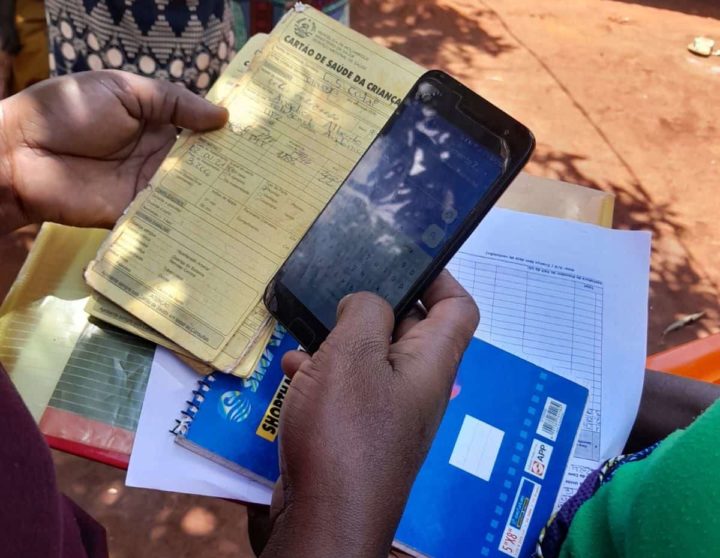
From the MoH perspective, the HMIS has made big steps in the countries we support if you compare where they were before DHIS2 with the situation now. There are still several challenges, but each of these countries see the value of having the DHIS2 platform, and what the platform is bringing to their information systems. Today, they are able to enter the data into DHIS2 at the local level – in community or at health facilities – and they can see the data immediately at the national level. This is really a positive impact. Before it was very difficult for the ministries to see everything in one place. Now they have a central repository where the MoH can easily access and analyze the data and can take action based on it.
Learn more about how the HISP Centre and the HISP groups collaborate to support countries worldwide on the HISP network webpage.
